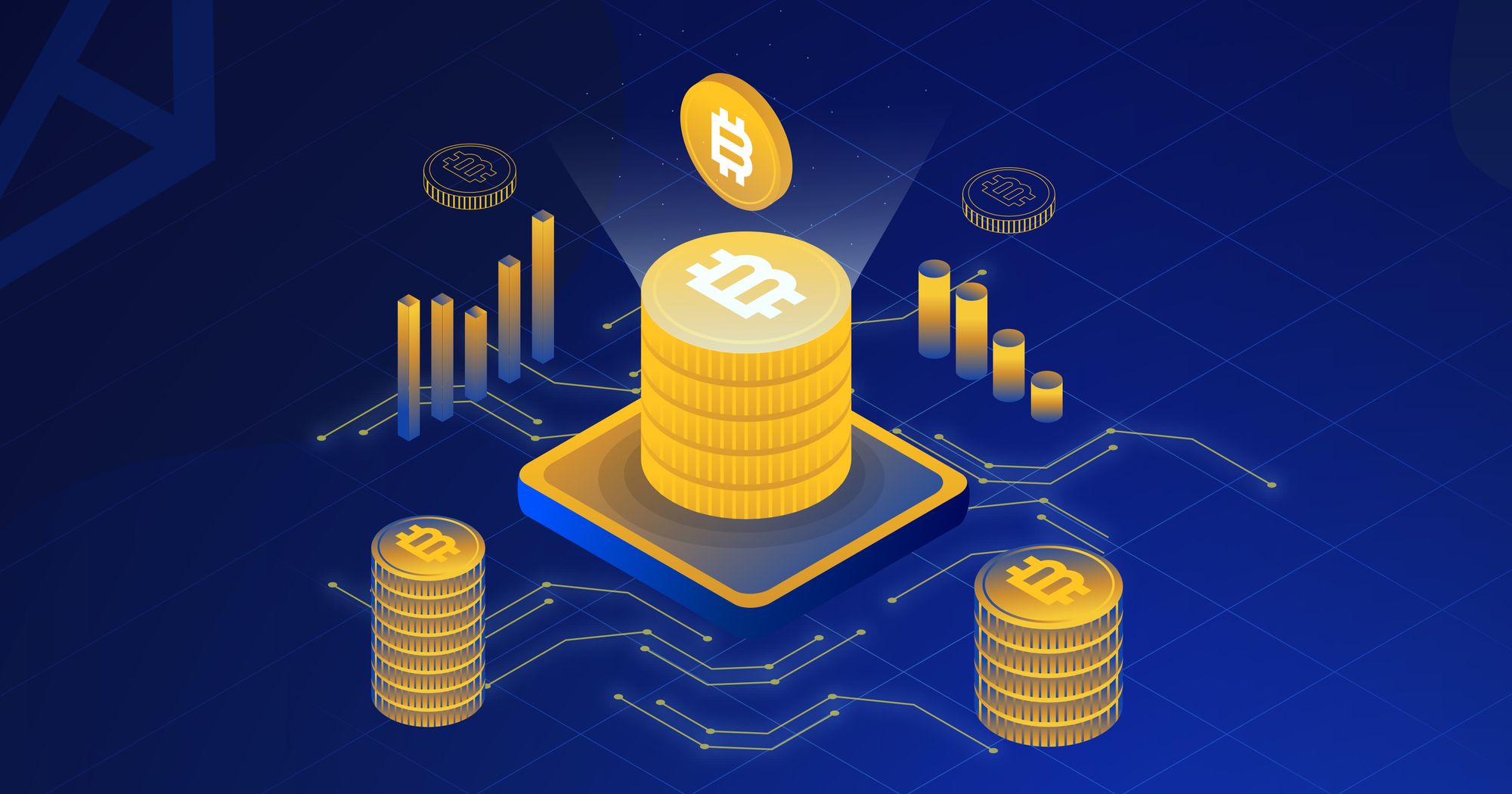To understand Bitcoin, we must first understand how the conventional currencies works. Our traditional currency is known as "fiat" and is supported by "legal tender" issued by the government in the form of paper currencies, currency notes and coins.
The value of money is determined by a central authority–in this example, governments. You can't control the money supply without a centralised system. Credit cards, PayPal, and other kinds of digital money are an evolution of fiat and are the most common payment methods today. Banks keep a centralised ledger on their servers to track how much money individuals have in their accounts. This ledger records balances and transactions for each user and is kept confidential.
Cryptocurrencies are fundamentally decentralised digital currencies created for online use. The original cryptocurrency, Bitcoin, debuting in 2008, is the most popular, influential, and significant in terms of market capitalisation and trade volume. Since then, other cryptocurrencies, along with Bitcoin like Ethereum have developed into viable digital substitutes for currency printed by governments.
What is Bitcoin?
By utilising the alias Satoshi Nakamoto, an unidentified developer or group of developers presented a new asset class to the general public in 2009, which we now identify as Bitcoin. Bitcoin is the original cryptocurrency.
Since then, it has grown to be the most well-known cryptocurrency worldwide. Numerous additional cryptocurrencies have been developed as a result of the popularity of Bitcoin. These rivals either want to displace it as a means of payment or are employed in other blockchains and cutting-edge financial technology as utility or security tokens.
What determines the value of traditional currencies?
A functional currency must have the following qualities to be effective: scarcity, divisibility, acceptability, mobility, durability, and resistance to forgery (uniformity). These characteristics enable a currency to be widely used in an economy. They also guarantee that the currencies are secure and safe to use while limiting monetary inflation.
Bitcoin does not have the backing of government authorities nor a system of intermediary banks to propagate its use. A decentralised network approves the transactions on Bitcoin's network of different nodes. No government or other financial authority exists to act as a guarantor to risk and make lenders whole, so to speak, if a transaction fails.
What makes Bitcoin valuable?
Over the years, a currency's notion of value has shifted from its physical characteristics to how quickly it is used in an economy.
Although Bitcoin exhibits specific characteristics of money, its primary source of value comes from its limited supply and rising demand.
Currencies are considered valuable as they can serve as both stores of wealth and trade mediums. However, besides these two qualities, Bitcoin has other characteristics that help increase its adoption.
- Scarcity: Bitcoin has value because of its rarity. Investors are yearning for a piece of the profit pie that arises from trading its limited supply, which is increasingly more significant.
- Utility: Some nations, like El Salvador, are placing their bets on Bitcoin's ability to advance to the point where it may be used as a medium for regular transactions.
- Marginal Cost of Production: According to another argument, the marginal cost of generating one bitcoin suggests that bitcoin does indeed have inherent value.
It costs actual money for miners to mine bitcoins since it uses a lot of power. In a market, when producers of the same good compete, the selling price of that good should converge to its marginal cost of production. According to empirical data, the cost of producing a bitcoin tends to influence its price.
Origin of Bitcoin
The founders of Bitcoin went by the pseudonym Satoshi Nakamoto, but we don't know who they are. Satoshi also released the Bitcoin white paper and software online in late 2008. The bitcoin private key and the blockchain ledger are two interwoven concepts created by Nakamoto. First, you control bitcoin with a private key, a string of randomised alphanumeric characters that unlocks a virtual vault storing your purchase. Then, each private key gets recorded on the blockchain, a distributed ledger. The mystery designer, though, vanished in 2010.
Bitcoin solved a major fundamental problem of commerce on the internet: to transfer money between two individuals globally efficiently and safely without an intermediary. Thus, creating an open, independent, and innovative financial system.
How are new bitcoins created?
Bitcoins are created through a process known as mining. The total number of Bitcoins that will ever be mined is fixed at 21 million. It indicates bitcoins cannot get inflated or manipulated.
Around 90% of the Bitcoins have been produced as of 2020, while it remains to be seen how much time the remaining bitcoins will take to get mined. Miners create new bitcoins by solving challenging mathematical puzzles with computers.
The Bottom Line
Bitcoin was the first cryptocurrency to be used as a means of payment outside legal money. Since its inception in 2009, Bitcoin's popularity has skyrocketed, and its uses have grown, resulting in the emergence of several other competing cryptocurrencies.
Although creating Bitcoin is a complicated process, buying it is much simpler. Investors and speculators can purchase and sell Bitcoin on crypto exchanges. However, as with any investment, particularly one as new and unpredictable as Bitcoin, investors should carefully assess if Bitcoin is the correct investment for them.






